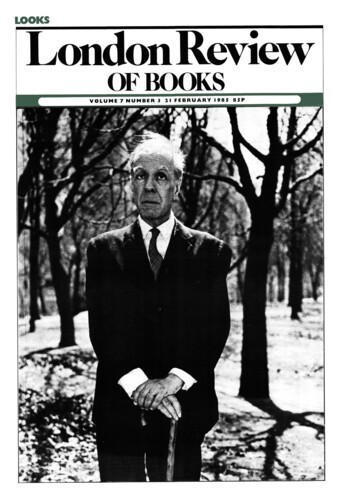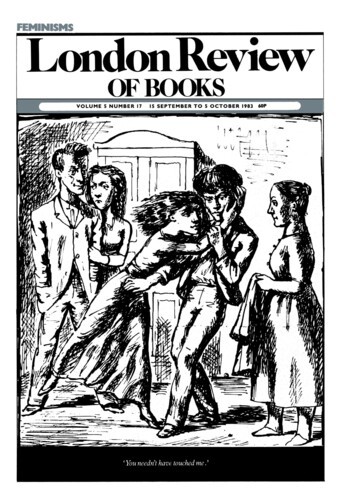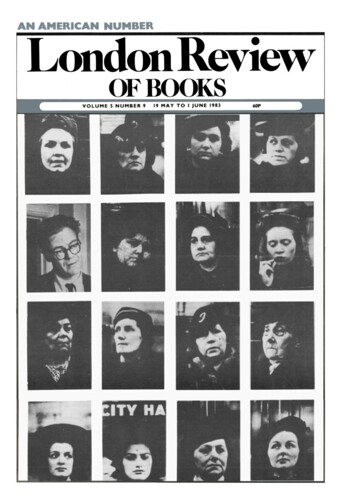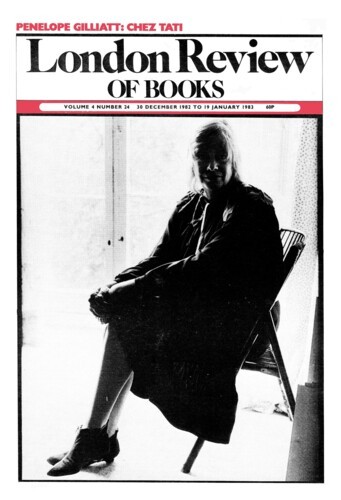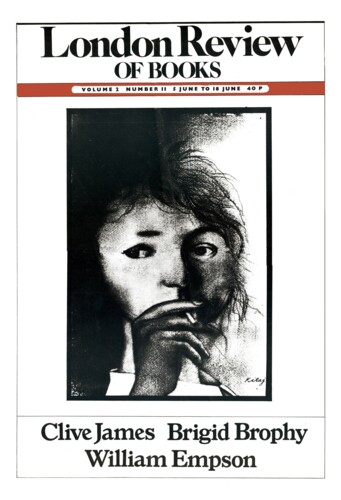From culture to couture
Penelope Gilliatt, 21 February 1985
There are three Vogues, published in New York, London and Paris. They are known to Condé Nast people as ‘Vogue’, ‘Brogue’ and ‘Frog’. Their characters have nothing in common. In order of hauteur, Frog is housed in an ambassadorial house in the Place du Palais Bourbon, and has long been edited by a handsome woman of diplomatic family, Edmonde Charles-Roux. When I was Brogue’s features editor, Frog still revolved around the couture collections; Frog being frog and grand, Condé Nast’s photographers had first and private access to the collections. Though I had nothing to do with fashion, it was once arranged that, as a 19-year-old of mature authority, I should be the courier for the precious photographs, ferrying them across the Channel and through Customs at almighty speed to get them to the layout department, who would deliver them to the printers in Watford where the formes were being held at vast expense. I was allowed to take a taxi for once, and left the invaluable things in the cab at one in the morning. I realised what I’d done as soon as I had paid, yelled as the taxi sped off, took others to go to police stations, went to the lost-and-found bureau over the river in case it was open while my contemporaries were dancing the Wedding Samba at the Four Hundred, went back to the lost-and-found the moment it opened the next morning, and the huge envelope of D-notice movement in hemlines had been handed in. Better luck than for Seven Pillars of Wisdom.
